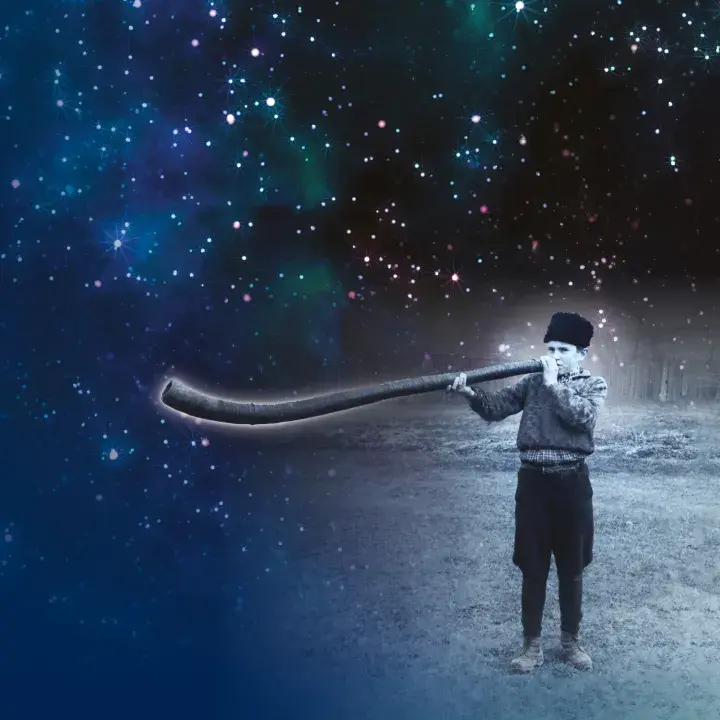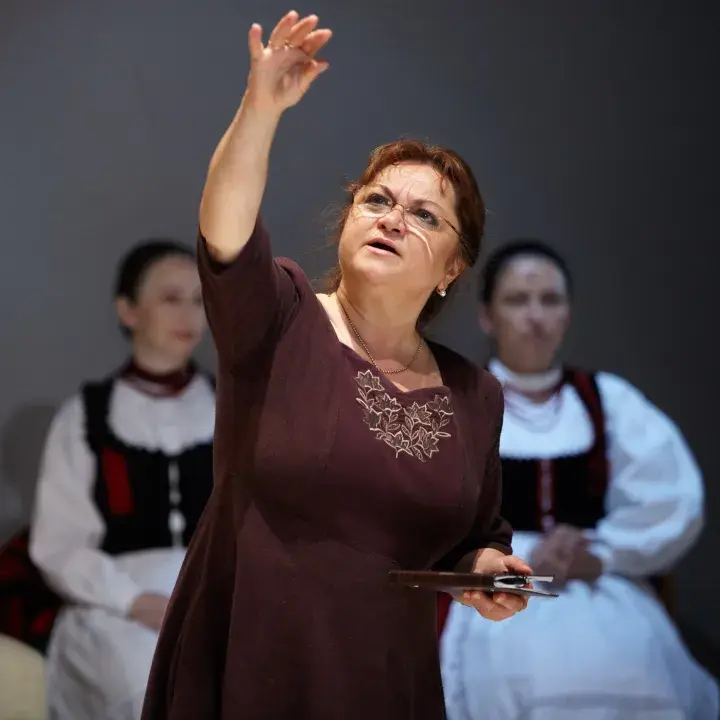Lea Gottlieb (1918, Sajószentpéter, 1918 – 2012, Tel Aviv, 2012) was born as Lea Lenke Róth. She wanted to study chemistry, but because of the laws applying to Jews, she wasn’t allowed to. She met her husband, Ármin Gottlieb, shortly before World War II, when she worked as an accountant in the Gottlieb family's raincoat factory. After Germany occupied Hungary, her husband was deported to a forced labour camp, and she and her daughters were first hiding from the Nazis in Sajószentpéter, then in Budapest. At the checkpoints of the Arrow Cross Party, they would usually hide their faces behind a bouquet to avoid deportation.
After the Holocaust, she left Hungary and emigrated to Israel. In 1949, with money borrowed from family and friends, she and her husband opened a raincoat factory near Tel Aviv. After not seeing "any rain, only sunshine" in Israel, they had to realise that the dry, Mediterranean climate didn't favour their business. Having learned from this, in 1956, they founded a factory manufacturing fashionable beach and swimwear accessories "Gottex", which became a leading exporter and eventually shipped to 80 countries. The company's name comes from a combination of the words "Gottlieb" and "textile". As the enterprise expanded, its swimwear collections were combined with various tops, tunics, loose trousers, corsets and skirts. Their collections were characterised by dramatic and varied designs dominated by floral patterns. These flowers reminded Lea Gottlieb of the bouquets that saved her life during the Nazi occupation.
Besides flowers, her swimwear was inspired by the works of Marc Chagall and Hungarian folk costumes. Her Csárdás Collection, presented at the exhibition in 1991, worked with the embroidery patterns of the Matyó folk art. At first, she tried to have the embroidery put directly on the swimsuits, but it was incredibly expensive, so eventually, they applied a screen printing technique. It was also labour-intensive and costly because the rich colouring required more than twenty shades of silk screens to print the material. Like the original materials used in Hungary, the clothing designs were first made of poplin and cotton, but she finally turned her ideas into reality on lycra.
Her collection, Hungarian Rhapsody, also carries the legacy of Hungarian folk motifs. In that, she managed to popularise the Kalocsa embroidery motifs. She had such customers as Diana, Princess of Wales, Queen Sophia of Spain, Elizabeth Taylor, Brooke Shields and Nancy Kissinger. Such famous mannequins as Claudia Schiffer and Naomi Campbell presented her collections.


